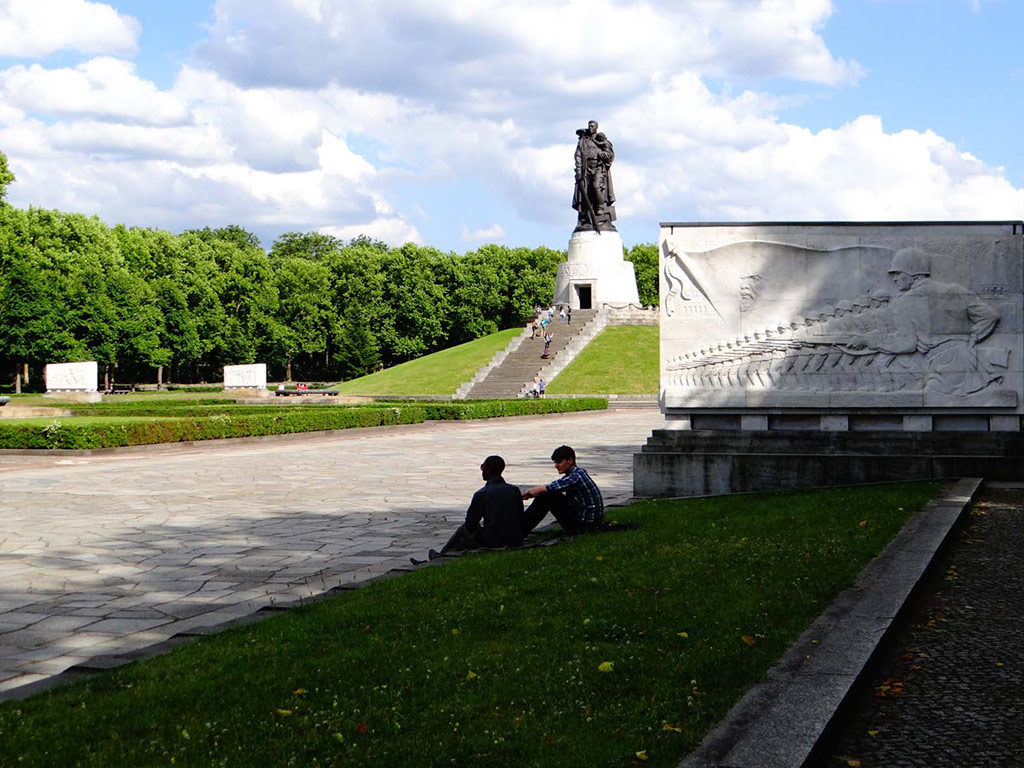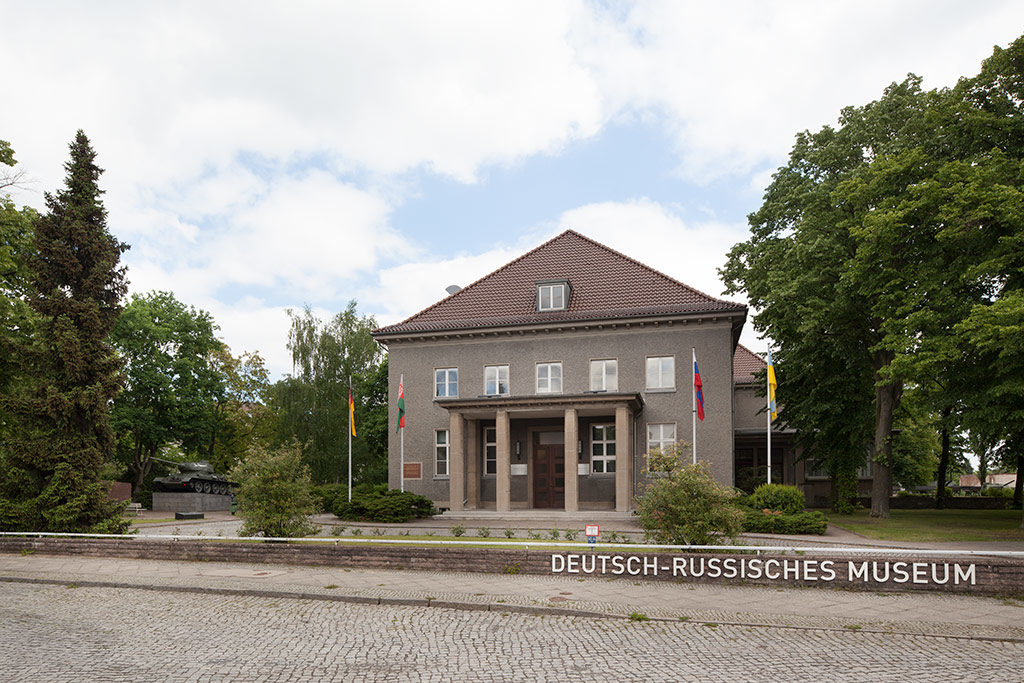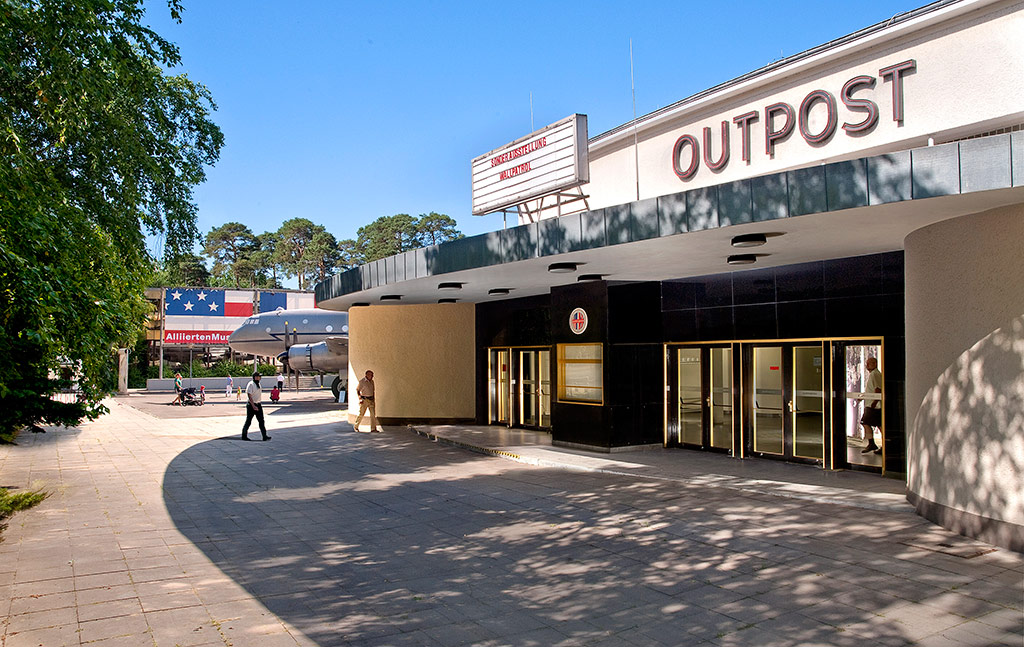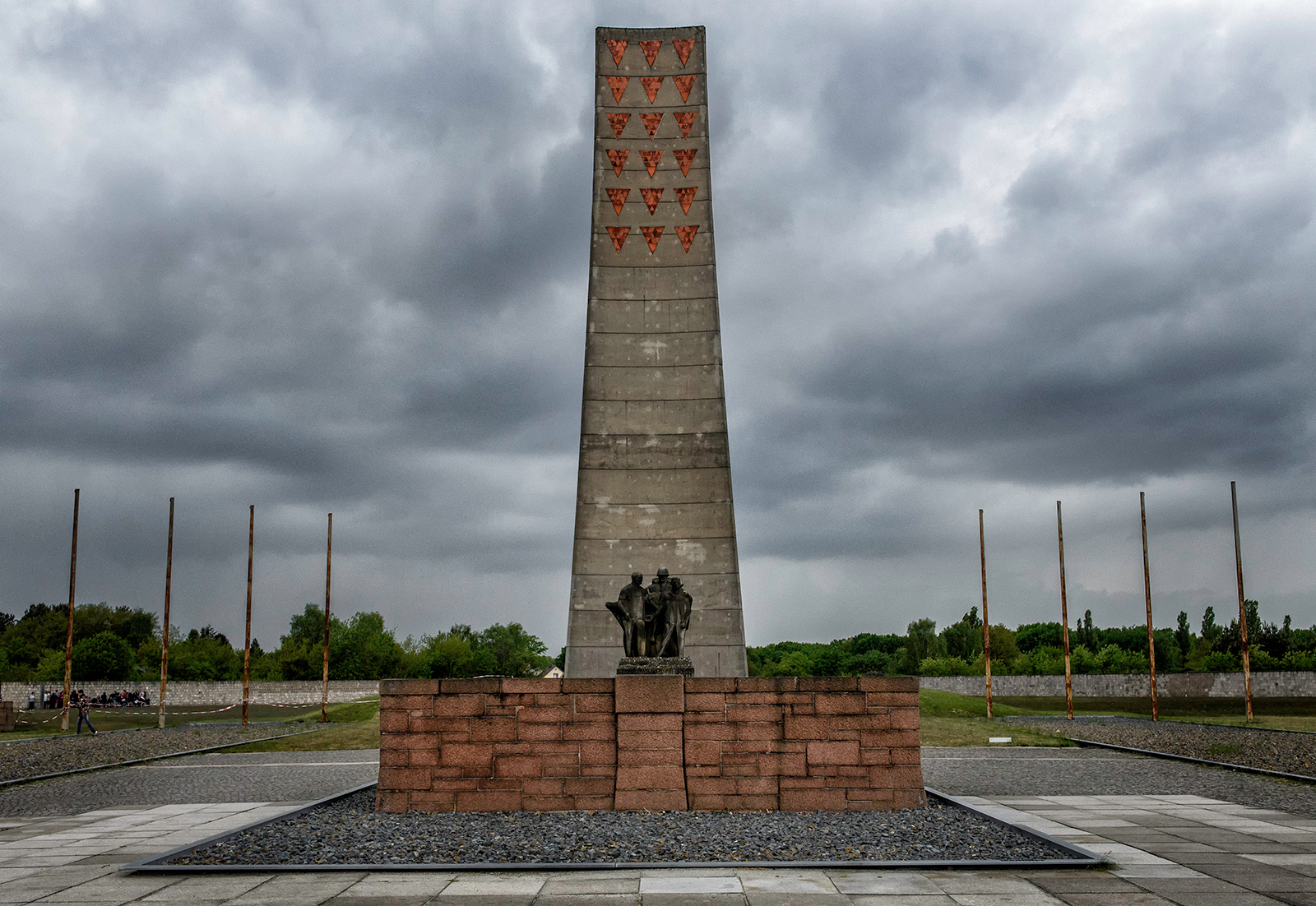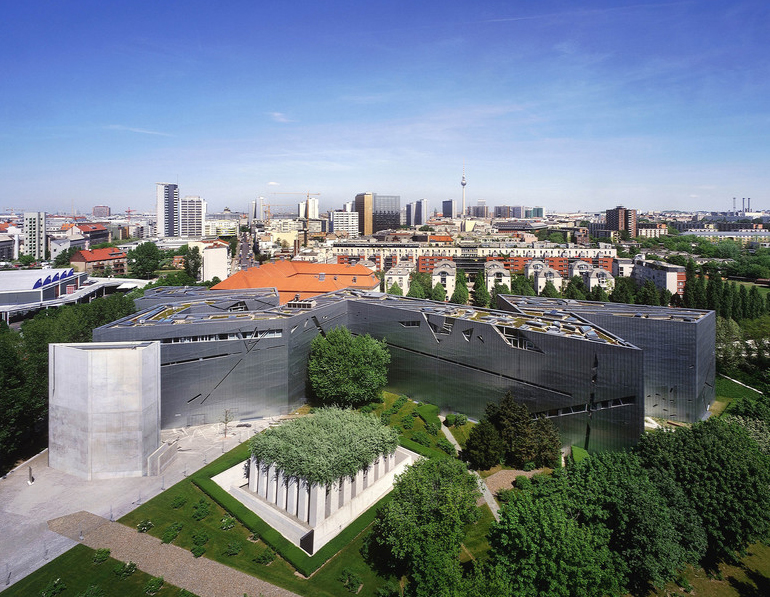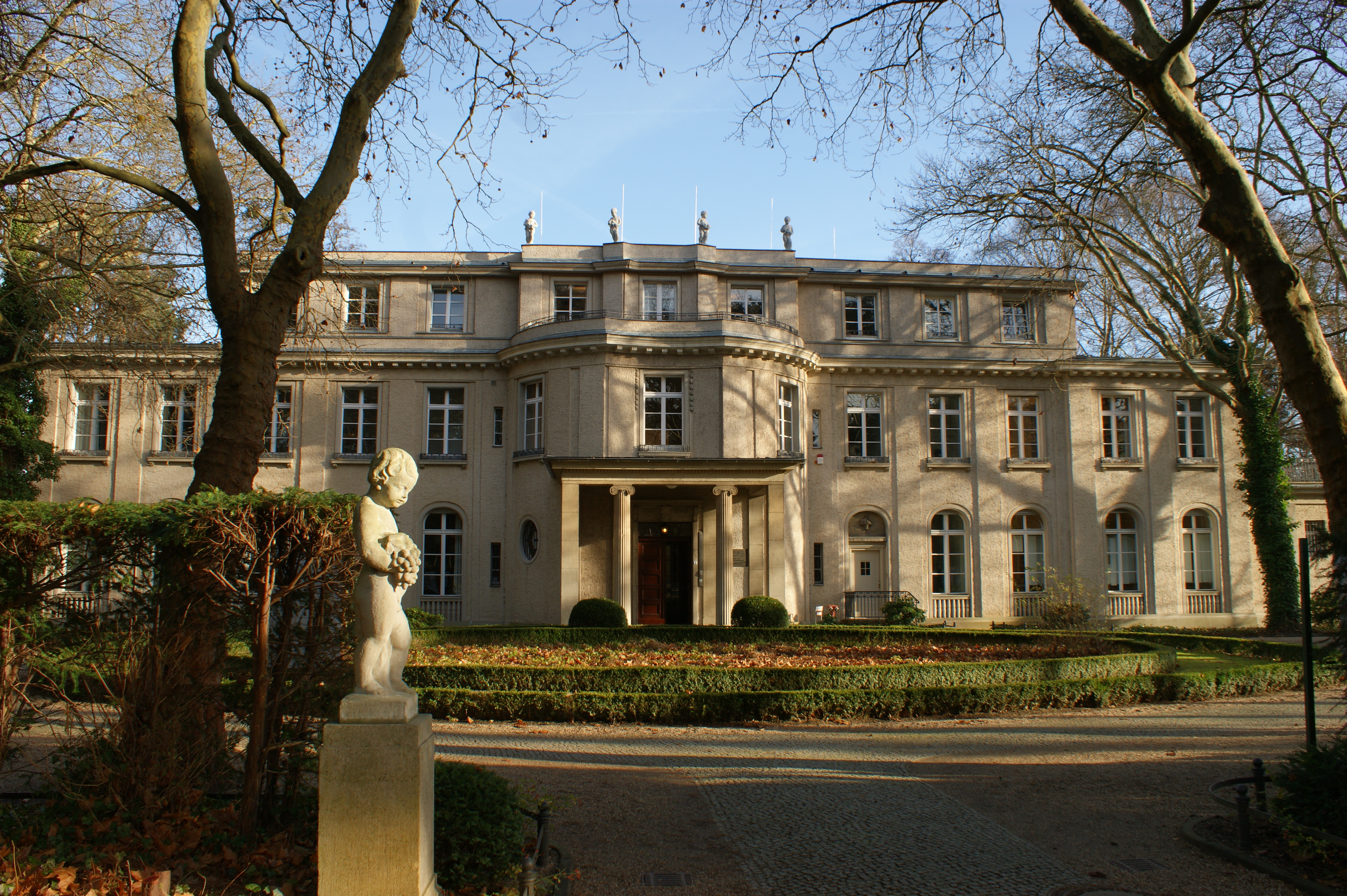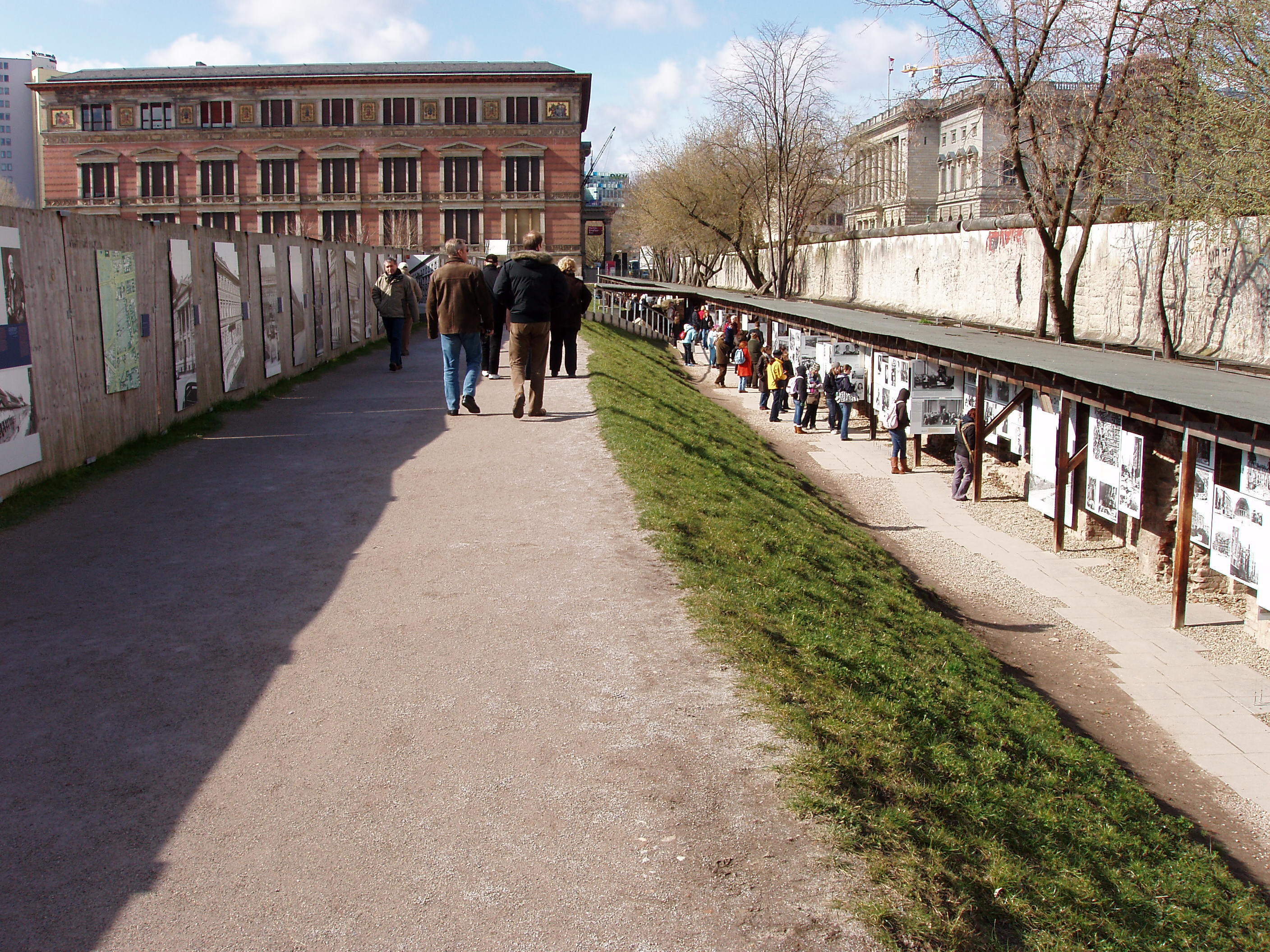Berlin, the capital of Nazi Germany, played a central part in the decision process of the Holocaust and its implementation. During the Wannsee Conference, the deportation and mass murder was decided and thousands of people were deported to the two main camps near Berlin, the Oranienburg-Sachsenhausen camp and the Ravensbrück camp.
It is essential to remember the populations that were deported and killed, but it is also important to know that some Germans tried to resist the Nazi regime, by helping people escape arrest and deportation, or by fighting the Nazi repression. It is possible to visit most of these places, which represent a key element of these dark times, in German and world history, but also the aftermaths.
Visit to the Jewish Museum in Berlin (1h30), many topics are available for the guided tour.
During the afternoon, visit to the Museum Topography of Terror (2h), which has three main exhibitions: the Gestapo and the SS, Berlin from 1933 to 1945, the story of this place during the war. Then, self-guided visit to the Holocaust Memorial.
Day 2Self-guided visit to the Soviet memorial in the Treptower park, created by various artists from the USSR, and dedicated to the fallen USSR soldiers. Then visit the Allied Museum showcasing thousands of objects, photographs, and films about the role of the Western powers in the evolution of Berlin from 1945 to 1994, when Western troops left Germany. Then, guided tour of the house where the Wannsee Conference took place, and where the technical, administrative and economic aspects of the Holocaust were adopted.
Day 3Visit of the Sachsenhausen camp (2h), located 35km from Berlin, where 200,000 people were deported, and 84,000 were killed. Visit to the Ravensbrück camp (2h), 90km away from Berlin, which was mainly for the deportation of women and was liberated by the Red army in 1945.
Day 4Visit to the Silent Heroes Museum (1h) which deals with the people who helped Jews escape or go into hiding from the Nazis. On the same site is the Otto Weidt Museum, honouring the man who saved many of his deaf and blind Jewish employees from deportation. The resistance museum presents many photos, films, and biographies of the Germans who fought against the Nazi regime.
Day 5Visit to the German-Russian Museum Berlin-Karlshorst which explains the German-Russian war and the capitulation of Nazi Germany. Visit to the Gedächtniskirche, memorial church, which was severely damaged between 1943 and 1945 is now a memorial for war victims. It is located on the Ku’damm, the famous Berliner avenue.

